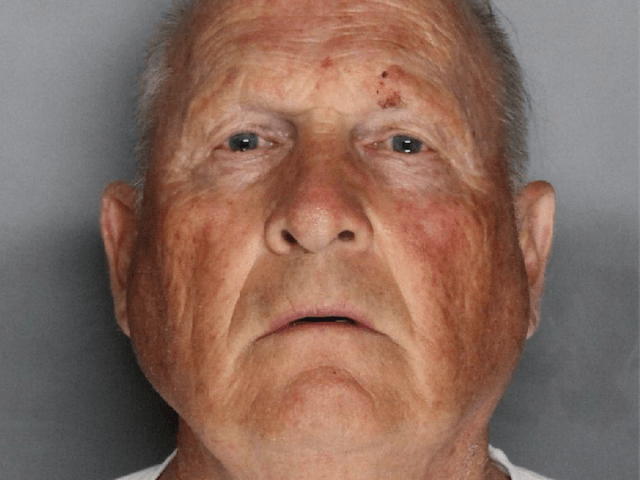Alleged “Golden State Killer” Joseph James DeAngelo was arrested this week after being tracked down by thanks to advances in DNA technology — and the emergence of genealogy websites.
The suspect’s arrest coincided with “National DNA Day,”and came about two years after a DNA cold case “hit” for a 1978 double murder inspired the creation of a law enforcement task force focusing on the use of DNA data to solve old cases.
The project was launched in June 2016 and funded by the National Institute of Justice through a forensic laboratories grant and the posting of a $50,000 crime tip reward.
California was terrorized for a decade between 1976 and 1986 by a series of brutal murders and rapes by a suspect that the media in different parts of the state named the Golden State Killer, Original Night Stalker, East Bay Rapist, Visalia Ransacker, and Diamond Knot Killer.
The perpetrator at the time was linked to at least 50 Northern California rapes; about a dozen murders; and hundreds of reports of burglaries, peeping, and prowling. Several arrests were made, but good alibis and rudimentary DNA evidence cleared the suspects.
Sacramento District Attorney Anne Marie Schubert’s Forensic Crime Lab is being credited with coordinating a two-year effort that involved at least ten county district attorneys, the U.S. Justice Department, and the Federal Bureau of Investigation in a united effort, nicknamed “Team Justice,” to coordinate DNA forensic resources and new technologies.
The Sacramento Bee reported that task force investigators assembled a shared data base covering the of DNA samples from crime scenes attributed to the so-called East Area Rapist. Investigators then compared the assembled perpetrator database with genetic profiles from websites that charge customers to use DNA links to chart extended family trees that can sometimes go back centuries.
(The San Jose Mercury News reports that both Ancestry.com and 23andMe, two popular genealogical websites offering DNA-related services, deny assisting law enforcement in this case.)
Sacramento County Chief Deputy District Attorney Steve Grippi told the Bee that genealogical websites, which make their DNA samples publicly available to encourage crowdsourced research, eventually provided a narrower sub-set of genetic family trees that were studied intensely until a direct “hit” for a relative of the suspects popped up.
Once the Sacramento County District Attorney and its crime lab had a pool of related potential suspects, the traditional detective work resumed, connecting the dots of where the attacks and other crimes were committed, on the one hand, with the residencies at the time for the suspect family tree members’ relatives.
A breakthrough happened about a week ago that zeroed in on DeAngelo when he served as a policeman in Tulare and Placer counties.
The arrest is also attributable to the development of the FBI’s “Combined DNA Index System,” known as CODIS, which has blended forensic science and computer technology into a tool for linking violent crimes. Federal, state, and local forensic laboratories now freely exchange and compare DNA profiles in an online system that places a priority on serial violent crime offenders.
The Orange County and Ventura County district attorneys have filed additional charges against DiAngelo, and there are several other counties expected to seek indictments in the next weeks.
The California DNA task force strategy may become a new norm for tracking violent criminals — though privacy advocates worry about the use of family DNA records by law enforcement.

COMMENTS
Please let us know if you're having issues with commenting.